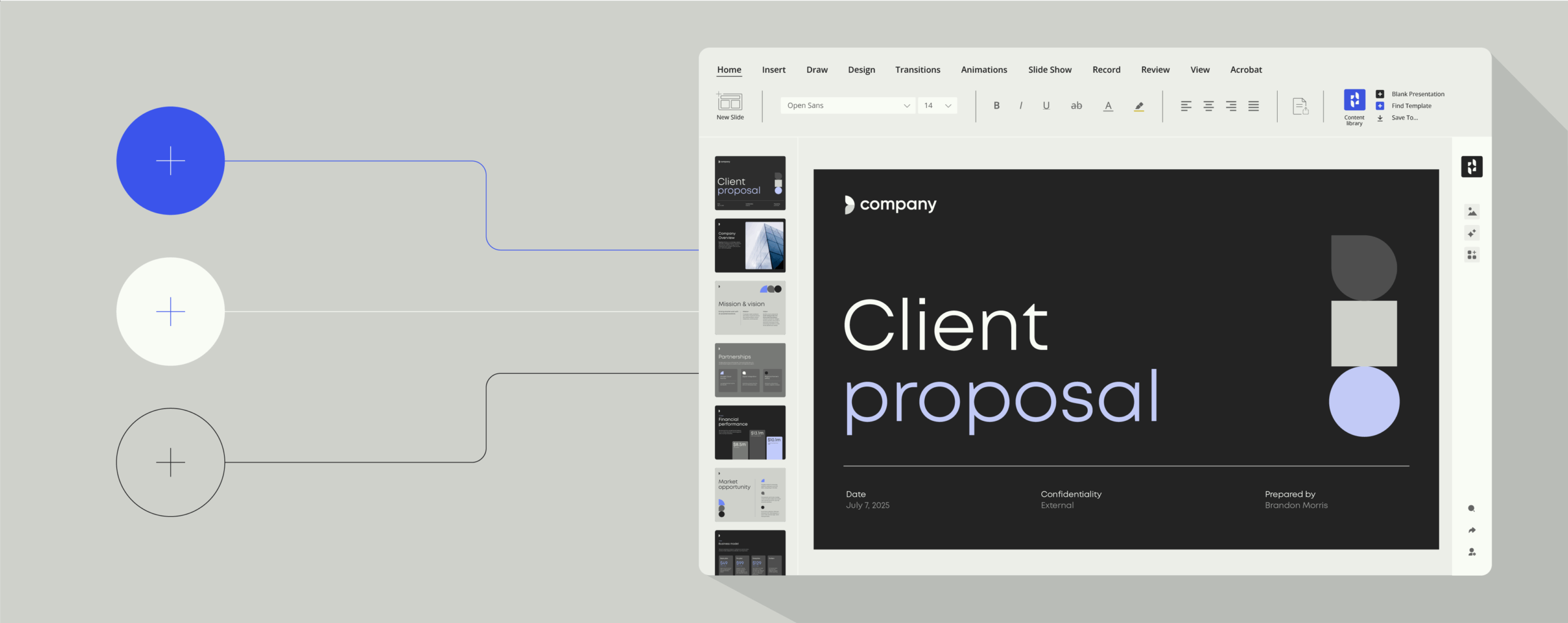Digitizing signing: all you need to know about digital signatures

The century-old practice of signing your name on the dotted line is rapidly becoming extinct.
In just five years, the digital signature sector has become one of the fastest-growing markets. It’s grown from $89 million to $754 million and with current predictions valuing 2023’s global market at $9.07 billion.
Digital signatures are being used to improve workplace efficiency, lower operational costs and deliver forward-facing consumer services. The need for them has arisen from global legislations, developments in security, and the growth of the remote workforce, to name just a few reasons.
If your business isn’t already capitalizing on electronic document signing, here’s what you need to know about digital signatures. Learn about aspects like legal validity and the benefits that result from switching from manual to digital.
What is a digital signature?
A digital signature (also known as an e-signature) uses advanced mathematical generated code to create a unique electronic signature as a means of authentication. There are various ways of producing a document finalized by a digital signature (aka a digital signature certificate) – including using a finger or stylus to sign a touch screen, typing a name in a designated box and ticking an ‘agree’ or ‘accept’ on a web form.
Digital signatures come in many formats, for example, PDF signature and website tickbox. They are designed to replace the print-sign-scan-repeat process associated with handwritten signatures. By digitizing the manual process, employees can avoid printing and add their authentic signature to the required source (e.g., contracts, invoices, NDAs) in a matter of seconds, without having to perform any other actions. E-signatures that integrate with cloud software can be used to finalize the agreement from anywhere in the world, providing a unique signature, time, and VPN address.
Are digital signatures legally binding?
One of the biggest misconceptions businesses have about migrating to electronic document signing, is that a handwritten signature holds more legal weight and offers more security than a digital signature.
Digital signatures have been legally recognized in the US and Canada for over two decades, followed by the EU in 2014 when the electronic IDentification, Authentication and Trust Services (eIDAS) was established. According to these extensive legislations, various forms of digital signatures and digital transactions are mutually recognized by all the EU’s member states.
On 1 July 2016, eIDAS was further developed to validate advanced e-signature formats such as e-hours. It provided legal assurance to all EU countries that digital signatures have the same legal value as a ‘wet ink’ signature.
The UK government views digital signatures as “potentially paving the way for much quicker transactions for businesses and consumers.” They have gone a step further by facilitating electronic signature processes with the likes of webcam/Skype witnesses and ‘real-time’ shared online platforms to make document signing more convenient.
What are the benefits of digital signatures?
Whether driving more sales or improving workflow, there’s a long list of benefits that are behind the rise of the e-signature market. Here are a few.
More efficient workflows
Processes associated with manual signatures such as the printing, signing and scanning of documents are slow-moving. They take about the same amount of time as sending a traditional letter, which is a poor use of employee talent.
Modern solutions incorporate e-signature software linked to an employee’s account via Azure AD. Individuals only have to create and set their digital signature once, and they can then sign a document with one click. Simple and fast, your team can conclude their agreement, send the file on digitally and move on to their next work task.
Lower operational costs
With more efficient workflows come more enterprise-wide savings. American businesses spend more than $120 billion annually on paper documents alone, the majority of which are outdated within three months. Going digital completely eliminates the need for multiple printed versions of the same document (e.g., revisions required at various stages of contract agreement) and mean updates or new documents can be made without impacting office budget.
The Electronic Signature & Records Association has supported this paperless office benefit, with its research finding that businesses achieved 83% performance improvement in getting approvals and 86% savings in document costs.
Increased compliance and security
Any manual process is subject to human error. One of the key benefits of switching to digital signatures is keeping companies compliant. In the financial services sector, for example, e-signatures have reduced scanning errors by 92% and have prevented scenarios where files have gone missing by 66%. By digitally archiving official documents, there’s no more loose paper, and you can securely store documents so that they are accessible to the employees that need them.
With e-signatures, finalizing documents is easier while also giving enterprises greater control over the management of sensitive information. A 2013 study found that 81% of business users considered e-signatures as the most essential legal and security feature of their daily operations.
Since then, security plug-ins and tech advancements have evolved significantly. For example, a digital signature software that stores information in the cloud through Azure AD, means the signature is not stored locally, so it cannot be misused in any way. In addition, sophisticated identity checks guarantee safety for both parties.
Advanced remote working tools
By 2020 the mobile workforce is predicted to reach 1.87 billion workers, consisting of workers in the field (e.g. estate agents, consultants, construction workers) and employees capitalizing on flexible work from home policies, who are tapping into emerging and profitable remote working trends.
Digital signatures, powered by cloud technologies, can be created and sent from any location and on any device, giving the mobile workforce one of the key tools they need to carry out their work efficiently from any location. For instance, if a real estate agent wants to finalize a contract with a tenant, rather than wasting time traveling to and from the office to draft up a contract, they could close the deal straight after the property viewing, via e-signature software available on their phone. Saving time on commuting and paperwork, the real estate agent is then free to head out to another property viewing, maximizing sales opportunities.
Greener credentials
Going paperless isn’t just beneficial in terms of cutting costs and increasing compliance; it is also a strategy for becoming more sustainable. This is a time where being sustainable is not just good for the environment but good for business too. According to a recent Nielsen report, consumers and clients prefer brands they engage with to be sustainable, with the research concluding: “No matter what, sustainability is no longer a niche play: your bottom-line and brand growth depend on it.”
Electronic document signing is an environmentally conscious way of doing business while reducing the ecological footprint of your organization. Alfa Accountants and Advisors are one of the largest accounting firms in the Netherlands and they switched to digital signatures.
With 33 brands and more than 900 employees, the company views the implementation of digital signatures as “the first battle for sustainability” and an important step in their mission to become the most sustainable accountant in the Netherlands. For the past two years, all employees now add their authentic signature to contracts and invoices with one simple click, which alongside adopting template and document assembly solutions, has resulted in a paper reduction of 34% last year (totally a staggering 1 million prints).
Speaking of how going green has benefited client relations for Alfa Accountant and Advisors – program manager and ICT trainer Paul van der Koore has said: “Customers appreciate our sustainable view on service. More and more customers want to do business with us because everything we have to offer is digital and sustainable.”
Digital signatures are just one of the many ways companies are modernizing to boost productivity and stay competitive. Templafy helps improve efficiency in document creation with a range of productivity tools and a smart document workflow. To find out more, you can visit our platform page to learn about our product. Or you’re always welcome to book a meeting and a member of our team will be in touch at a time that works for you.


